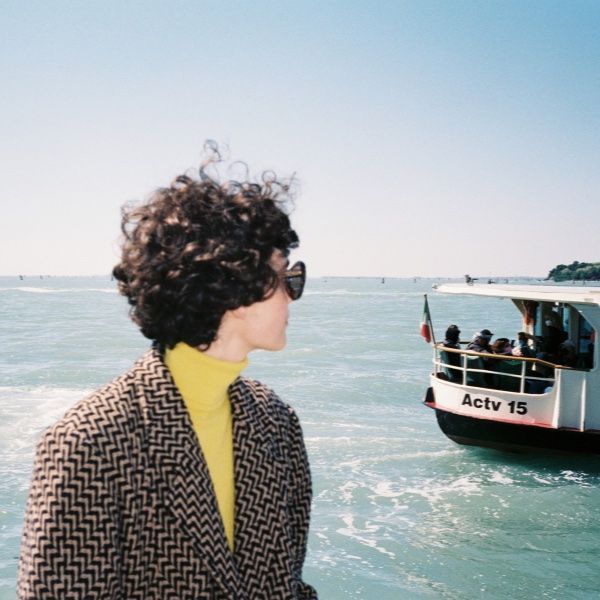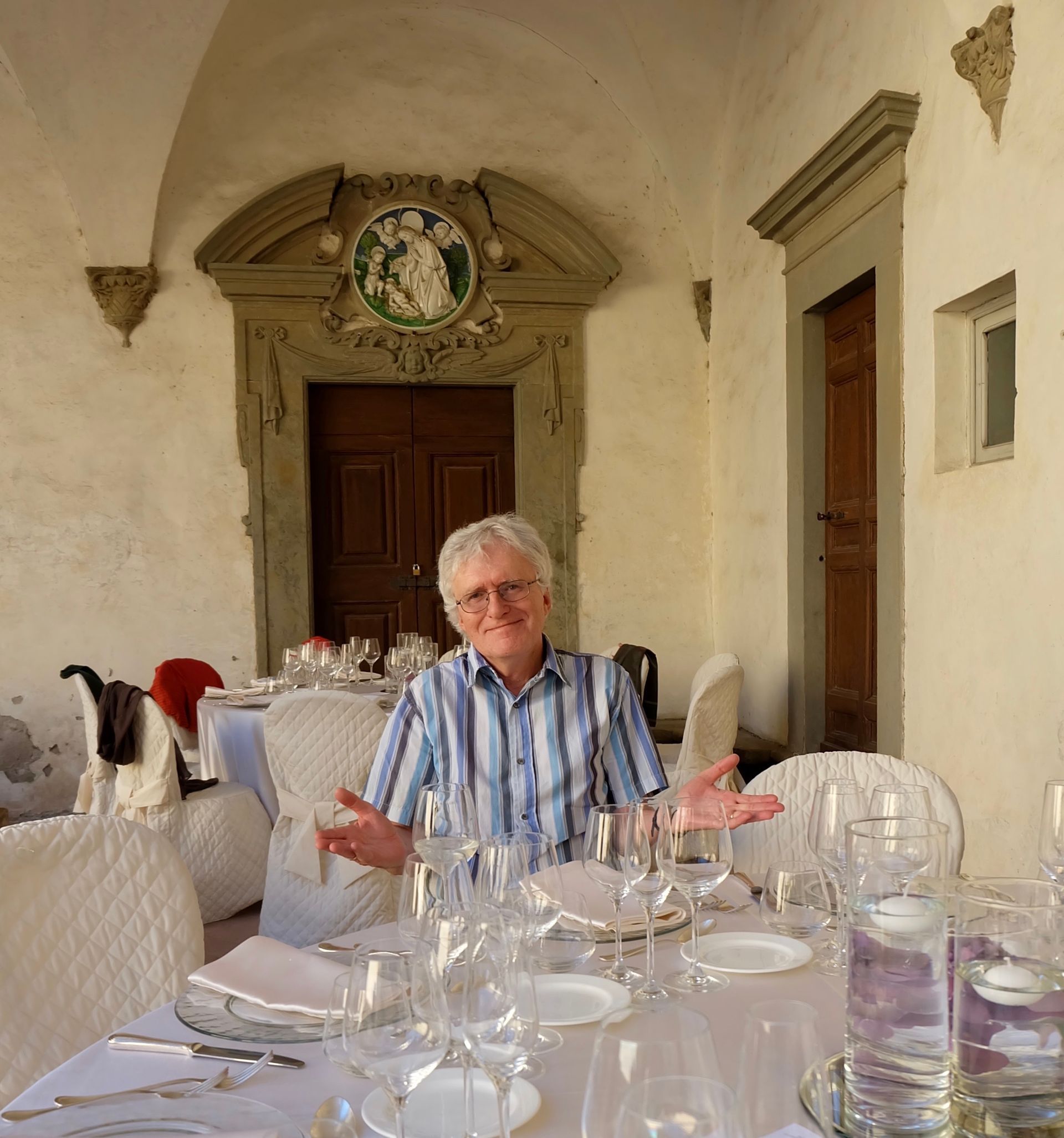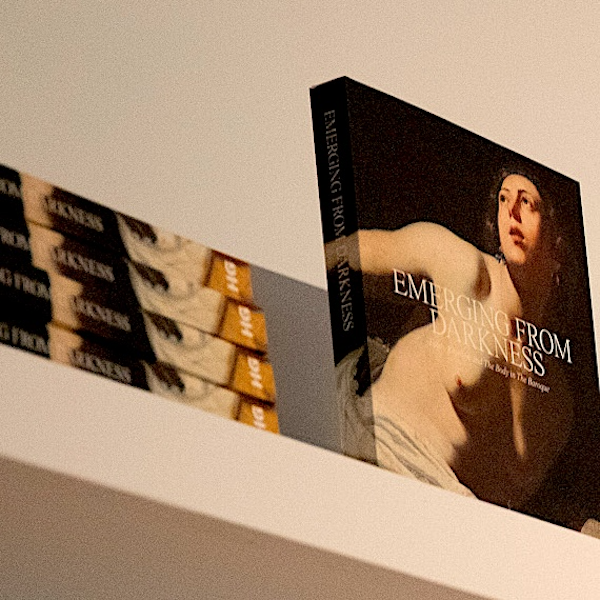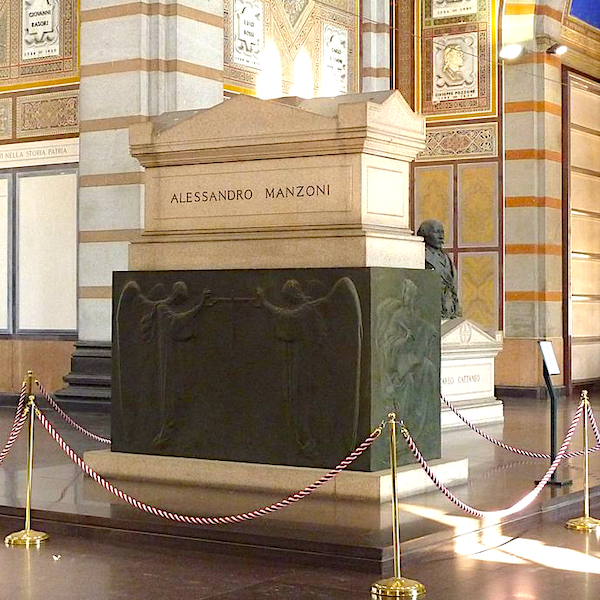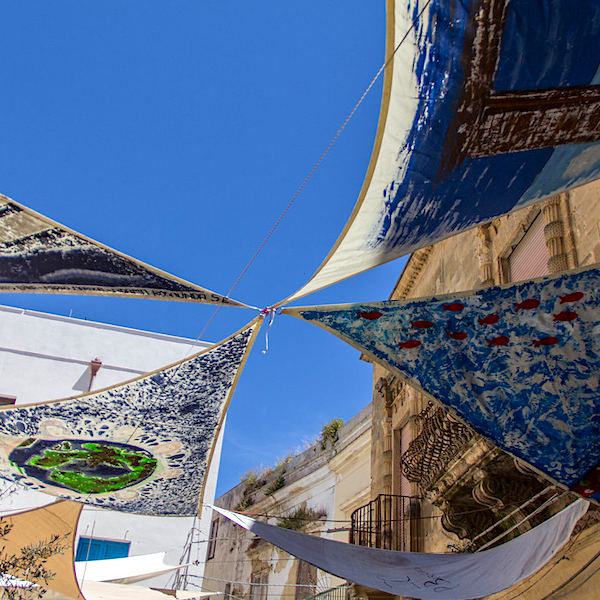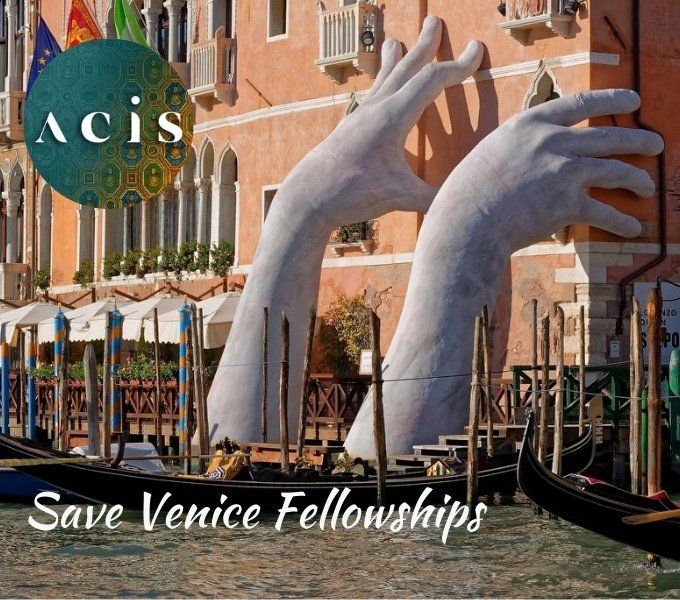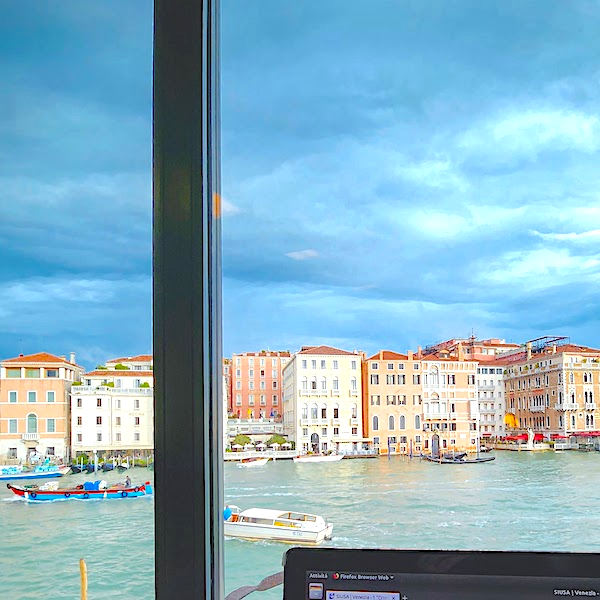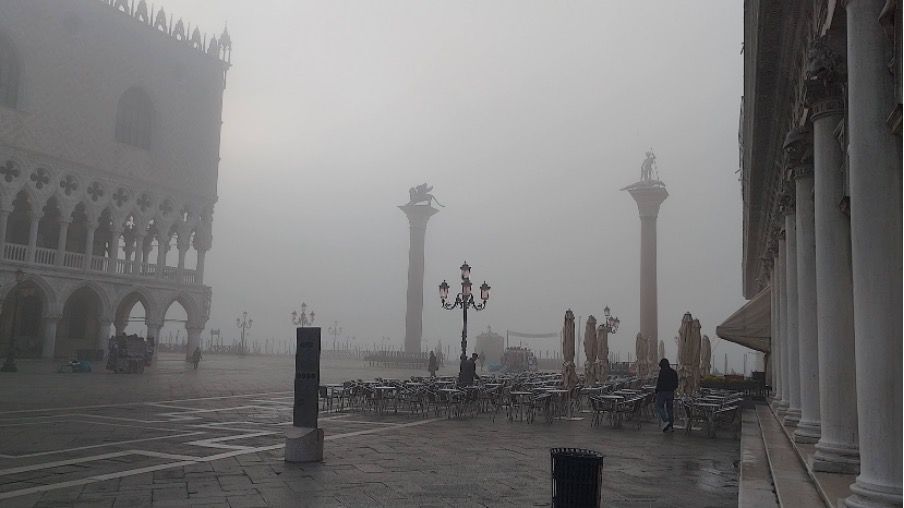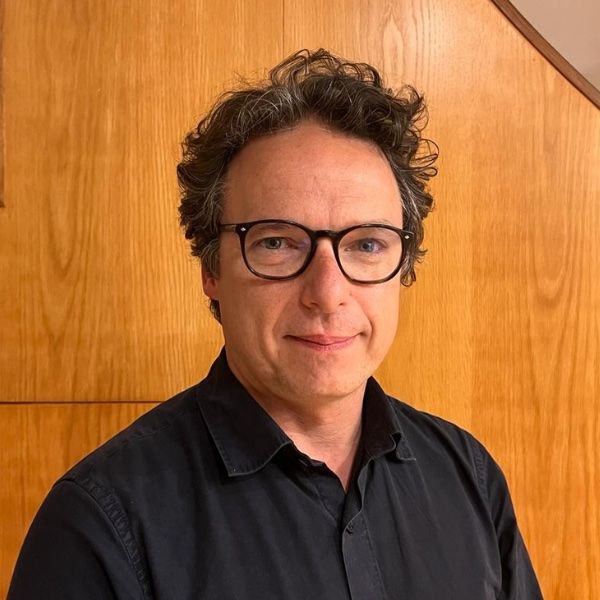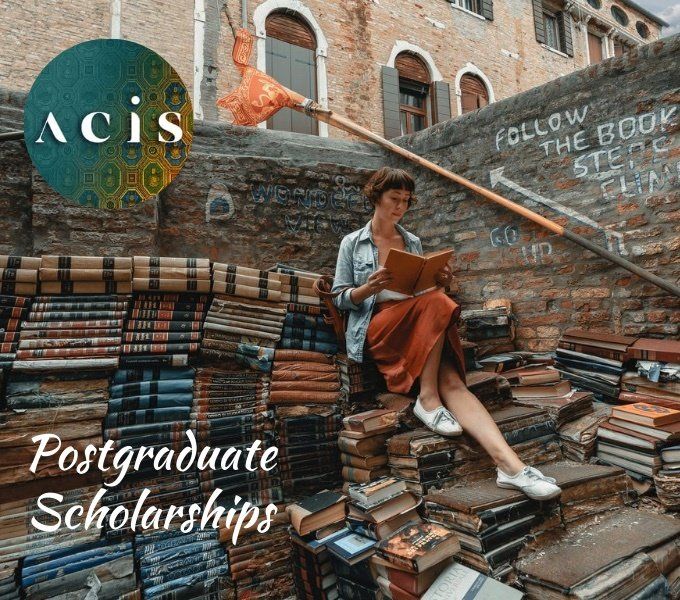Two early career scholars reflect on their time as ACIS Save Venice Fellows
Two promising early career scholars – Lauren Murphy and Julia Pelosi-Thorpe – were the recipients of ACIS Save Venice Fellowships. Delayed due to COVID travel restrictions, they were finally able to access their Fellowships in 2022. Here they both reflect on their time in Venice and the benefits of the Fellowship to their respective research projects.
Lauren Murphy writes:
In 2020 I was the very fortunate recipient of an ACIS Save Venice Fellowship. Unfortunately, I received notification of the award in the early days of two years of lockdowns. So, my fellowship was delayed, and then delayed some more. The pandemic also delayed my PhD thesis, so when I could finally travel at the end of 2022, I was (and am) still researching and writing.
In Venice, I lived in a small apartment on the Fondamenta dei Ormesini in the sestiere of Cannaregio, improving my spoken Italian, cooking using local ingredients, and enjoying the nightlife in my lovely neighbourhood. Cicchetti were a staple of my existence, though I preferred prosecco to spritzes. I especially loved going on early morning walks through the city as it was waking up. Walking around St Mark’s square before 9 am, when it is mostly empty, and having having the space to myself, I fell even more in love with the city.
My fellowship research project focused on a Venetian collector, Andrea Vendramin (1565-1629). A descendant of one doge, also called Andrea (1393-1478), and nephew of another, Marino Grimani (1532-1605), Vendramin recorded his collection in a series of manuscripts scattered in several European libraries. He is an interesting figure because his collection appears to have been quite large, however only two brief contemporary descriptions mention it. Before my trip, most of the information about him came from just three documents in the Venetian State Archives: his will, his death notice, and the inventory of his house. As a result of my research, I have now found out where he fits into the genealogy of the noble Barbaro family, and more details about his descendants (though not the fate of his fabled vase collection, which, sadly, remains lost). I discovered that Vendramin also owned a villa near Padua with an extensive garden containing plants from all over the world, including the New World. Many of Vendramin’s objects were unusual, and I had wondered how he had accumulated such a diverse collection. Identifying Vendramin as the nephew of the Doge has made sense of many small but intriguing details.
So many aspects of my research have become richer due to being able to conduct research in Venice. I made use of the incredible resources in the libraries, museums, and archives. Some of these spaces are amazing, let alone the resources they contain. I have a photo of the view from the window at Save Venice’s Rosand Library (see below) which inspires me to finish my thesis so I can return to Venice and enjoy this space again while I research the next topic that catches my eye.
I am incredibly grateful to ACIS and Save Venice for allowing me to live and research in Venice for three months. and encourage other scholars to apply for the Fellowship, as it has been a high point in my life.
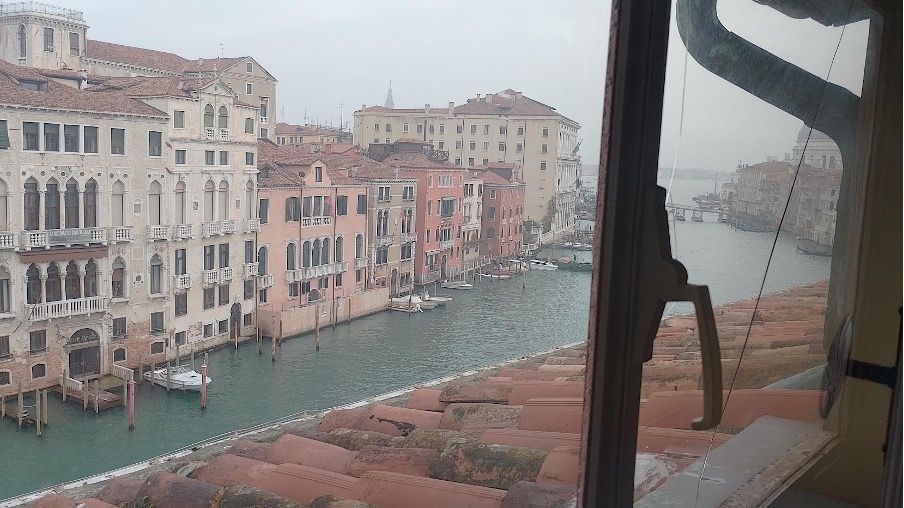
Julia Pelosi-Thorpe writes:
My Australasian Centre for Italian Studies Save Venice Fellowship was a deeply enriching experience that enabled me to grow personally and professionally. I was awarded the fellowship for 2020, the final year of my MA, but due to the COVID-19 pandemic was only able to complete it in 2022. The month before leaving Australia, I had received offers to PhD programmes in the United States (I ultimately selected the University of Pennsylvania), and I am currently a PhD candidate there.
For my ACIS Save Venice Fellowship I devoted myself to a passion project: a first complete translation—and, eventually, I hope, complete critical edition of Lucchesia Sbarra’s (1576–?1652) ground-breaking yet understudied 1610 Rime. This volume of poetry is saturated with startlingly sensual scenes from classical myth, and I am interested in the role Sbarra’s highly erotic classical imitatio might have played in early-seicento poems and literature more widely. Over the fellowship’s three months, I made great progress on my project, mainly because I was able to work on an extant edition of the Rime in Venice’s Biblioteca Marciana.
The experience of engaging with the material qualities of this object, the poetry volume itself, was transformative for my understandings of how the text could function. Additionally, I discovered myriad edits (paper paste-overs of sections—sometimes simply words, sometimes the majority of an entire page) that had not been visible in the 2D digitisations I had previously been working on. I also set out to compare different editions in libraries around the Veneto and even beyond—Sbarra’s
Rime were originally published in Conegliano, and plenty of editions are to be found in the region, especially in Padova. An invitation by my future PhD supervisor, Eva Del Soldato, to attend a day of the annual American Association for Italian Studies conference in Bologna in May allowed me to search for, and find, another edition of Sbarra’s
Rime in that city's Biblioteca dell’Archiginnasio. I also travelled to Conegliano itself to visit the Archivio del Comune di Conegliano, where archivist Dr Mariarita Sonego kindly discussed Sbarra with me, pointed me in the way of useful materials, and showed me many interesting documents. These leads provide important context about Sbarra and her work and were very precious to me for future research – potentially a project on women writers like Sbarra and their engagement with classical culture.
The Save Venice headquarters were spacious, beautiful, and light-filled, and my hours spent researching in their Rosand Library were idyllic and useful. Director of Save Venice’s Venice Office, Melissa Conn, took an interest in my research and was extremely warm and helpful, as was Save Venice Research Associate Dr Gabriele Matino. Both constituted important points of reference, and I admired their work as well as their kindness and personal integrity. On the last day of my fellowship, they organised a going-away lunch of cicchetti and wine for everyone in the Save Venice office, and it was a pleasure to talk more at length with everybody, including Leslie Contarini, the Venice Office Programs Director, who had been in the United States up to that point.
Overall, on countless levels and in countless
ways, the months I spent completing the ACIS Save Venice Fellowship felt really meaningful for my growth as a connected scholar capable of providing contributions to students, fellow researchers, and the public sphere—and I offer my heartfelt thanks to the Australasian Centre for Italian Studies and Save Venice Inc.
